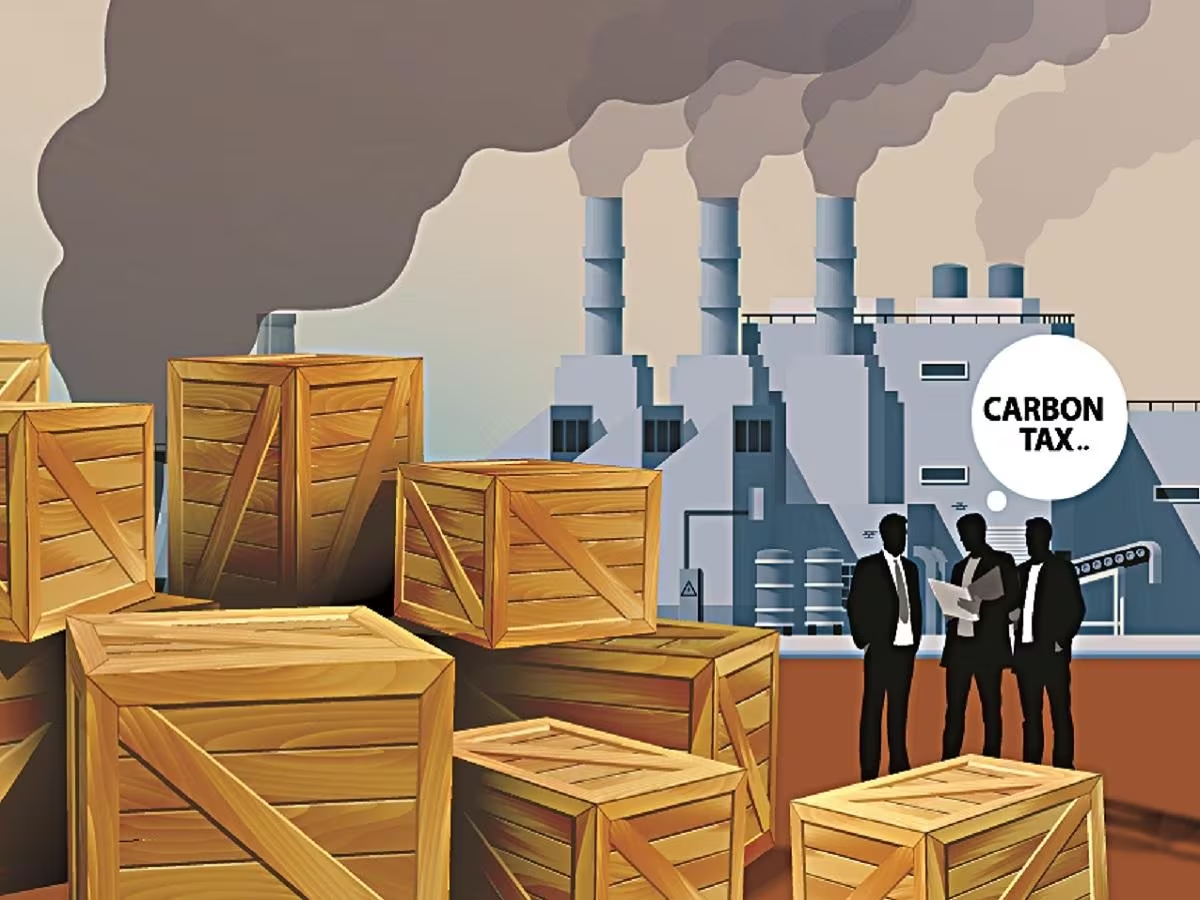The call for green transition has become pronounced as the devastating impacts of climate change continue to be felt globally.
Natural disasters such as unpredictable rain patterns, hurricanes, heat waves, and melting glaciers continue to rise at an alarming rate, leading to social and economic losses.
While climate change has been a concern for most of the 21st century, it was not until the historic Paris Agreement in 2015 that 196 countries committed to limiting global warming to below two degrees Celsius compared to pre-industrial levels.
At COP 27 in Egypt, President William Ruto emphasised, amongst other things, the urgency for green transition whilst noting the opportunities available in Kenya such as renewable energy and climate-smart agriculture.
To achieve the climate action targets, taxation as a government policy tool will play a central role.
Taxation plays a carrot-and-stick role in the green transition. High taxes may discourage the consumption of certain products such as fossil fuels and non-recyclable plastics, whereas targeted tax incentives and tax exemptions contribute to green initiatives including investment in clean energy and electric vehicles (EVs).
Carbon pricing is used to curb greenhouse gas (GHG) emissions. Carbon pricing initiatives are broadly categorised into two – emissions trading system (ETS) and carbon tax.
ETS, also referred to as a cap-and-trade system, sets a limit on GHG emissions. Entities covered under the ETS hold emissions units for a permissible cap on GHG emissions, but the entities can trade the units.
A carbon tax on the other hand places a tax rate on GHG emissions, usually expressed as value per tonne of carbon dioxide equivalent (per tCO2e).
While a carbon tax does not limit the amount of GHG emissions, it seeks to discourage consumption by increasing the prices of certain products such as fossil fuels and non-recyclable plastics, thereby correcting the “not green” economy.
Whereas carbon pricing initiatives are a norm in Europe, its rollout in Africa is still at an infant stage. It is notable that only South Africa has implemented a carbon tax in Africa.
The carbon tax in South Africa is ZAR 144 (around $8) per tonne of carbon dioxide equivalent.
Kenya is yet to roll out a carbon tax. This notwithstanding, Kenya has rolled out other measures to encourage green transition.
From an incentives perspective, there is a reduced corporate tax rate of 15 percent for a company operating a carbon market exchange or emission trading system that is certified by the Nairobi International Financial Centre (NIFC) Authority.
This was introduced in July 2022 and coincided with the launch of the NIFC. The European Union (EU) ETS is reported to have led to a reduction of 35 percent in GHG emissions between 2005 and 2021, and this is an avenue for Kenya to draw some lessons and insights.
From an exemption perspective, Kenya introduced an income tax exemption on interest on foreign debt for investing in the energy sector back in May 2015.
This has contributed to increased investment in solar, wind and geothermal energy. Additionally, there is a Value Added Tax (VAT) and custom taxes exemption on qualifying solar equipment.
It is pleasant to note that the Finance Act 2023 has zero-rated the supply of certain electric bicycles and electric buses.
Recently, there has been an interest in the voluntary carbon market exchange, with the latest reports indicating one of the largest voluntary market auctions of carbon credits in Nairobi, in which the buyers were Saudi-based entities.
This is evidence that in addition to tax-driven incentives for decarbonisation, the green agenda continues to play a central role for many businesses even with the current tax regime.
Several steps have been made for a green transition in Kenya. In addition to the tax incentives, over 90 percent of the electricity grid is green (which helps with mitigating Scope 2 emissions), and the legal infrastructure is developing a Climate Change Act. As Kenya develops its carbon tax regime, it ought to take advantage of the multilateral carbon credit exchange established under Article 6 of the Paris Agreement.
Kenya is highly susceptible to the devastating impacts of climate action. With a population largely reliant on agriculture, climate action ought to be a priority agenda for the administration to ensure food and economic security.
A renewed focus to tap into the funds that support green transition such as the Africa Adaptation Acceleration Programme and the Green Climate Fund is needed.
Tax and quasi-tax policies ought to focus on wider impact and ease of implementation such as climate-smart agriculture, renewable energy-related exemptions/incentives, plastic taxes, and public EV mobility incentives.
Lastly and critical, consistent government support and multilateral collaboration are required.

